This is part two of a two part series.
The Netherlands and Denmark
In Amsterdam, the classic Bulldog hostel, just one part of the company known for its pervasive marijuana products, was practically full to the brim compared to other hostels along my route. And still, people kept to their little groups, barely interacting with each other even in the spacious bar area. Rosie, a young woman I met in Amsterdam and fellow American traveler from Detroit, talked of her own lonely experiences after she left friends in Istanbul, Turkey, to travel up to Dutch country.

There are ways to mitigate the loneliness. Apps like CouchSurfing have the capacity for travelers to create hangouts. It’s how I managed to meet a group of international travelers all shut together in a tiny apartment in Amsterdam’s canal district for a house party/barbecue, where alcohol and marijuana loosened enough tongues to break through the concerns of pandemic life. Though that’s easier for young people, many of whom crowded along the rain-slick streets just outside the Amsterdam Centraal train station for a slimmed down version of Pride month festivities. None were wearing masks.
There are certainly places that seem to be trying to capture more of what prepandemic life was like. In Amsterdam and Denmark, masks are only worn in places where one can’t stay 1.5 meters away from people. Of course, it’s a policy that is rarely if ever enforced, despite COVID cases peaking to a new high for the Netherlands in mid-July. Despite what Dutch officials have recently said about limiting international travelers who come to revel in the famous smoke-filled streets of the city center, the travelers there are undaunted.
Switzerland
The international travel industry grew to new heights up until just before the pandemic, but now many towns, cities and countries are starting to consider whether the general wealth that tourists bring to their homes is worth what they lose in a sense of place and community. The outdoor shopping malls of a city like Bern, Switzerland, are no longer flooded with travelers, and more locals can take the time to walk past the old town and up the hill to the Bern Rosengarten to enjoy a beer and the cool afternoon air with friends and family.
While in Switzerland I stayed with a native Swiss man named Pascal for two nights in his home, just a 20-minute train ride from Zurich. That city, so well known throughout the world as a tourist hotspot, no longer sees the crowds it once did. The surrounding mountains are trekked by locals, with more mountain goats than people. The way Pascal kindly greeted his fellows on the slopes of the Etzel mountain, located on the southern end of Lake Zurich, it seemed that a strong sense of polite community was still alive, and better exemplified away from the international crowds of a national center like Geneva or in the resort town of Zermatt, lingering under the craggy gaze of the Matterhorn.

Iceland and back home
On the final leg of my trip into Iceland, I reconnected with my brother. It was the first time I met somebody I knew in seven weeks. We didn’t rent a car and were forced to take guided tours, one running down the brilliant length of the country’s south coast. The other was a tour of the Golden Circle to massive sites around the center of the country. We were the only two people in a van with our tour guide. The other people scheduled for the tour bailed last minute and, instead of canceling, the tour operator still offered us our ride. The pandemic had been hard on tour guides. They are making less than 50% what they had been doing just two years ago. Iceland’s economy, and so many other countries in Europe, relies on tourism. In 2019, over 15% of the workforce in Iceland was in the tourism industry. Many European countries accounted for close to 10% of their total gross domestic product. Some countries, like Greece, accounted for about 20% of their GDP. What will they do if travelers do not show up at the rates they once did in the years to come?
These are big questions and impossible for one person to answer. Instead, as time moves on and the memories start to congeal in my brain, I’m left with an impression: Thousands of people laying under verdigris-covered statues built in a time centuries before, the uncertainty, the questions, sitting amid millions of lives trying to be lived day-to-day, wanting to see a future in which all can take one collective breath.
And like us back in the States, we’re still wanting and we’re still waiting.
Kyle Barr is a freelancer writer and the former editor of The Port Times Record, The Village Beacon Record and The Times of Middle Country.


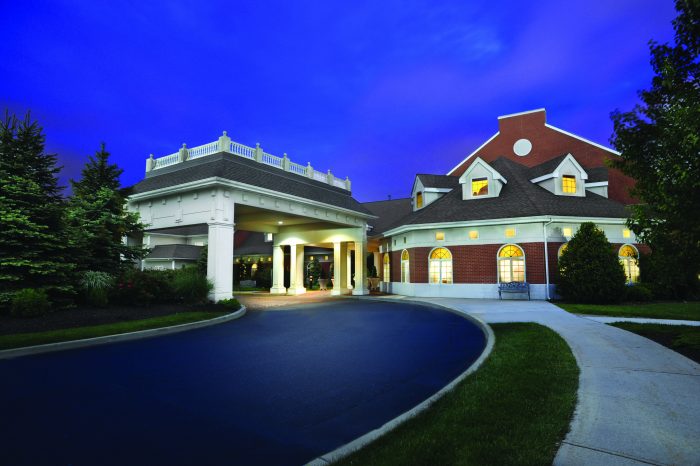
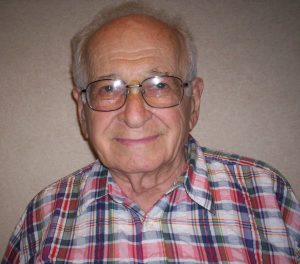
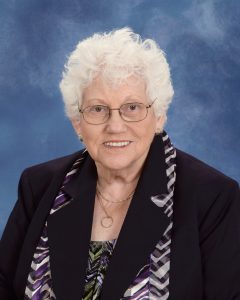
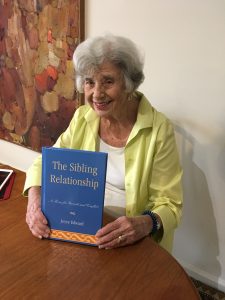
























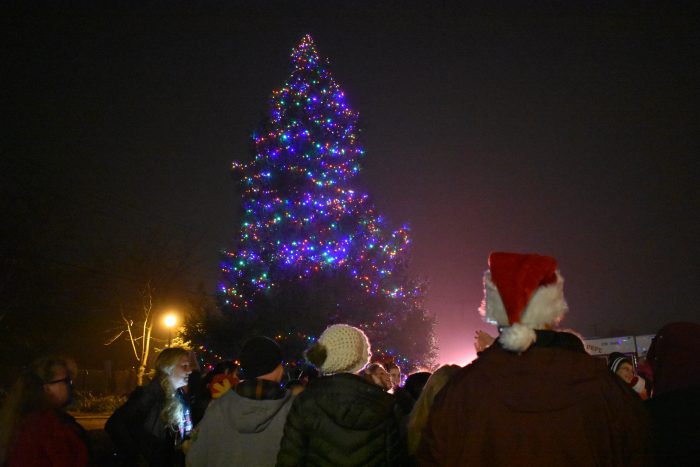
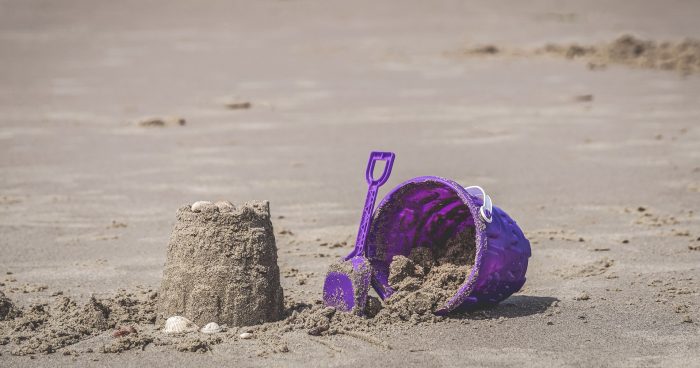




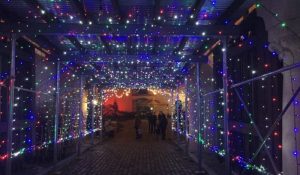

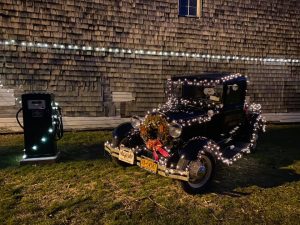


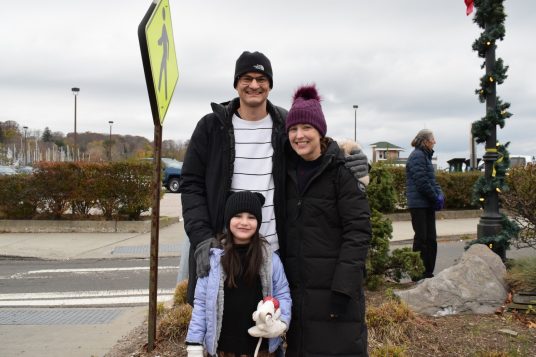
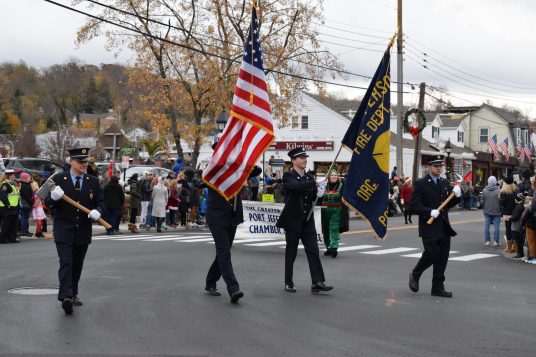

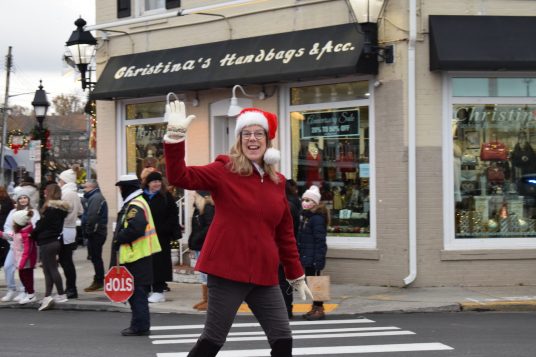
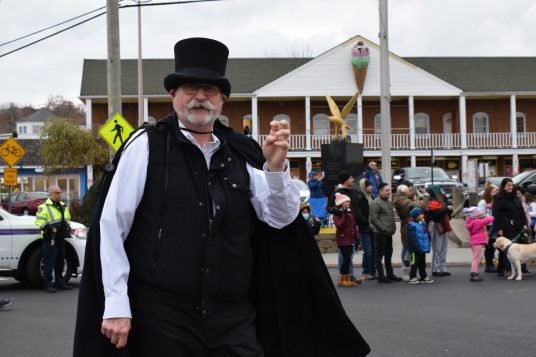

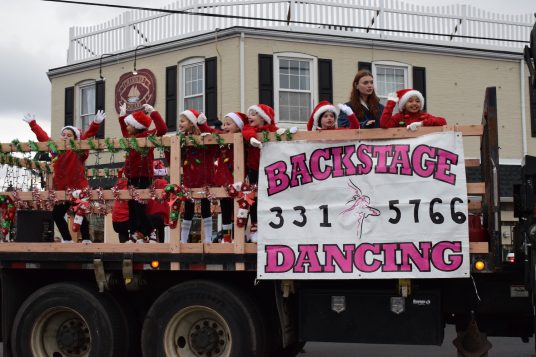
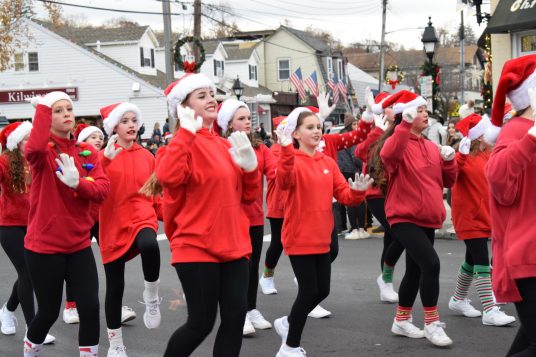
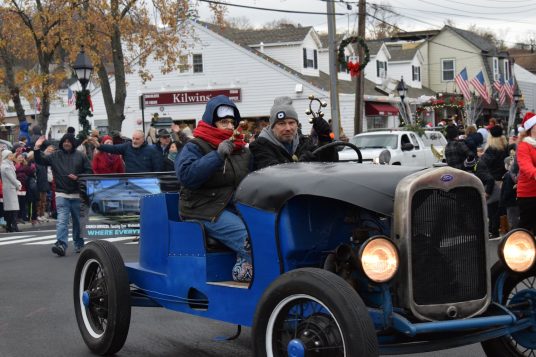
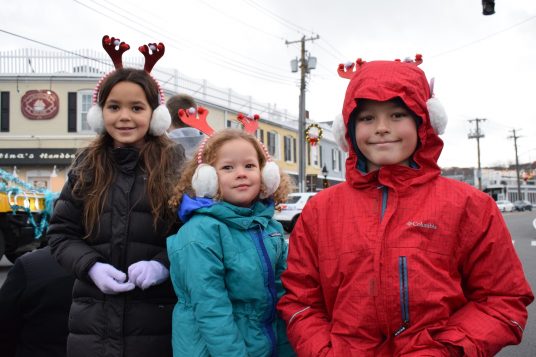





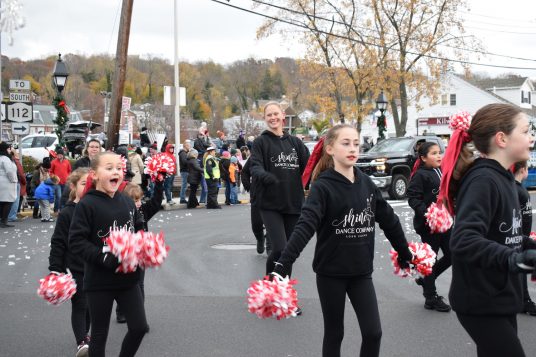

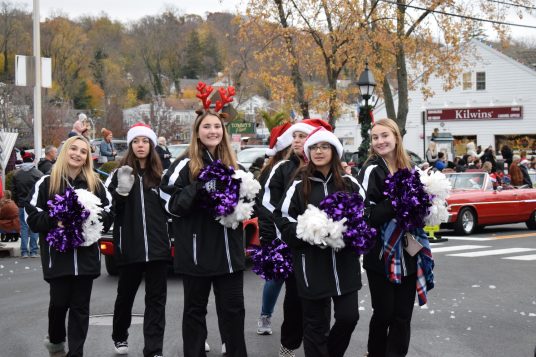

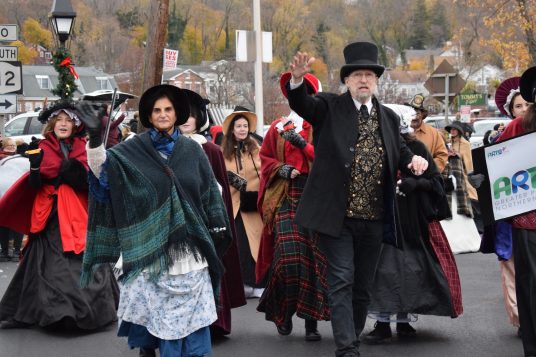
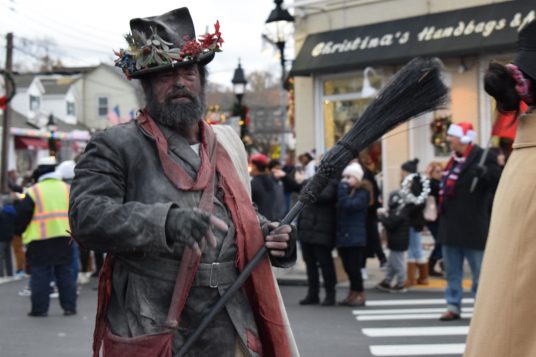
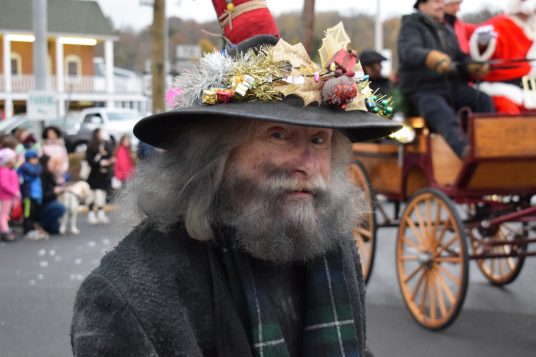
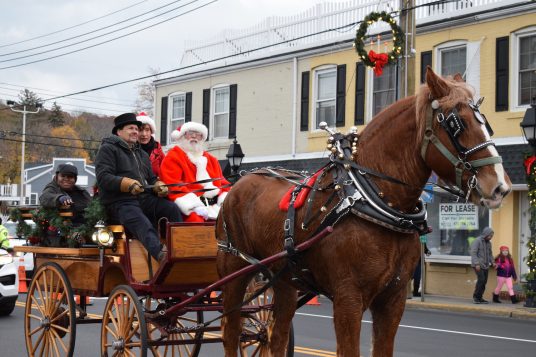

 Historic Longwood Estate, Longwood Road and Smith Road, Ridge, presents a special holiday program, Old-Fashioned Sleigh Rides & Hot Cocoa, for children ages 12 and under on Dec. 4 from 11 a.m. to 2 p.m. Explore the grounds of the estate with an old fashioned sleigh ride, view two large train displays and enjoy roasted chestnuts and popcorn on an open fire. Children can visit with Santa (don’t forget your letter!) and have family members take photos. The Town of Brookhaven Youth Bureau will be collecting new, unwrapped toys for children in need through their INTERFACE program. $5 per child. To register, call 631-924-1820.
Historic Longwood Estate, Longwood Road and Smith Road, Ridge, presents a special holiday program, Old-Fashioned Sleigh Rides & Hot Cocoa, for children ages 12 and under on Dec. 4 from 11 a.m. to 2 p.m. Explore the grounds of the estate with an old fashioned sleigh ride, view two large train displays and enjoy roasted chestnuts and popcorn on an open fire. Children can visit with Santa (don’t forget your letter!) and have family members take photos. The Town of Brookhaven Youth Bureau will be collecting new, unwrapped toys for children in need through their INTERFACE program. $5 per child. To register, call 631-924-1820.


